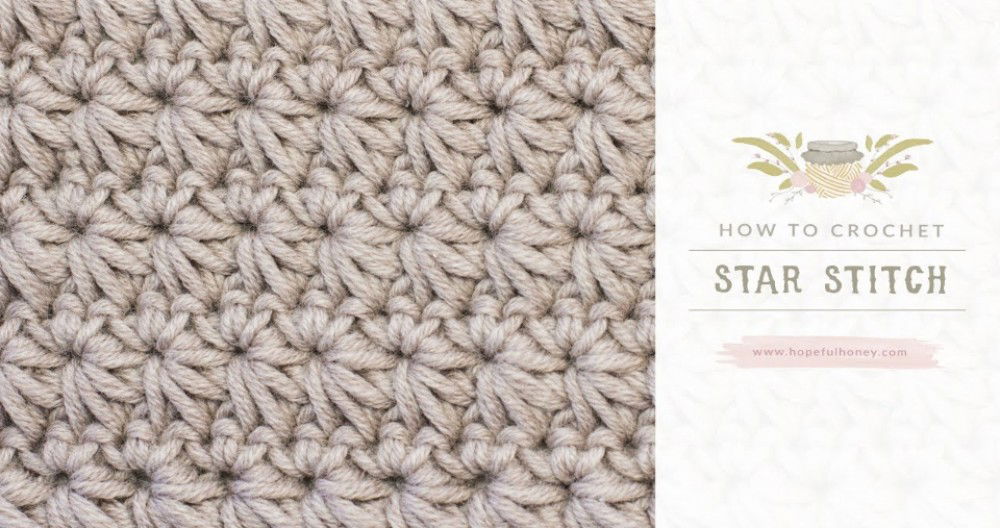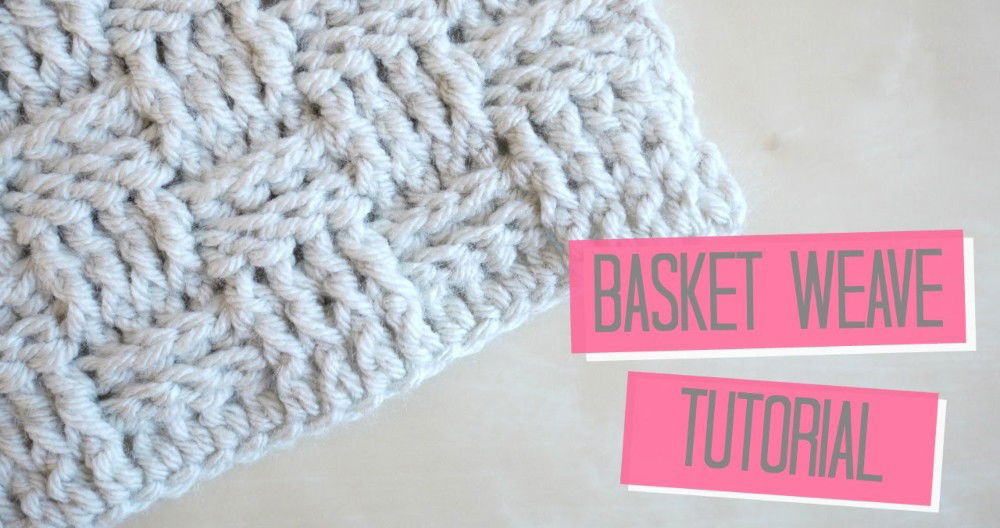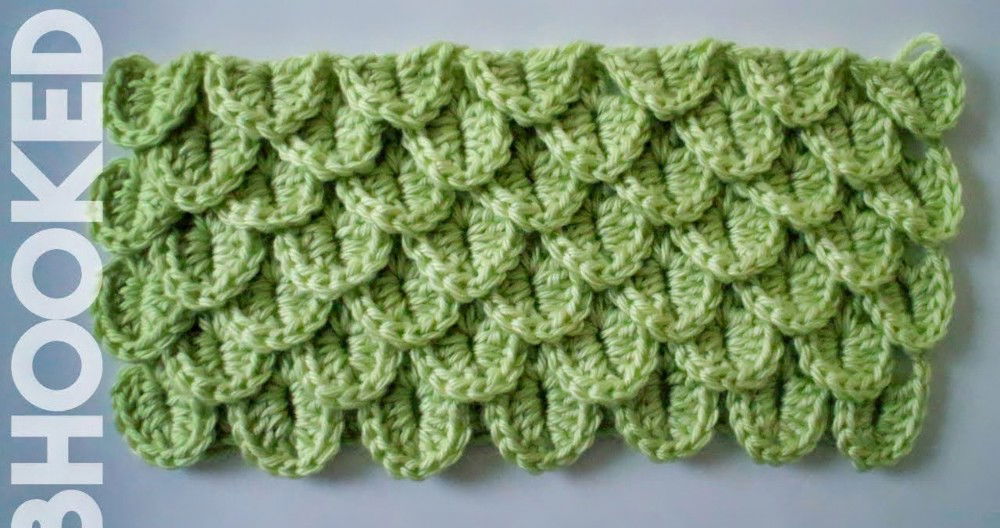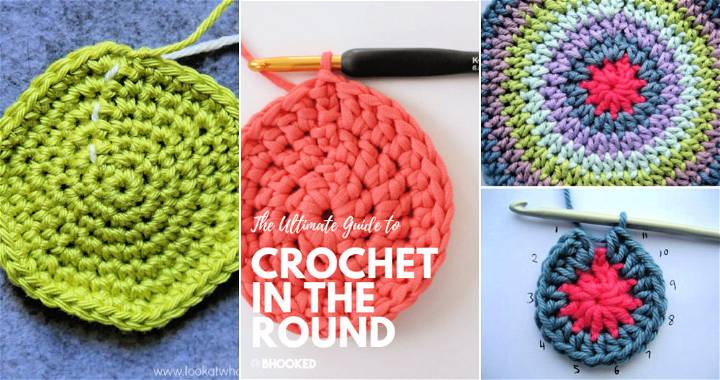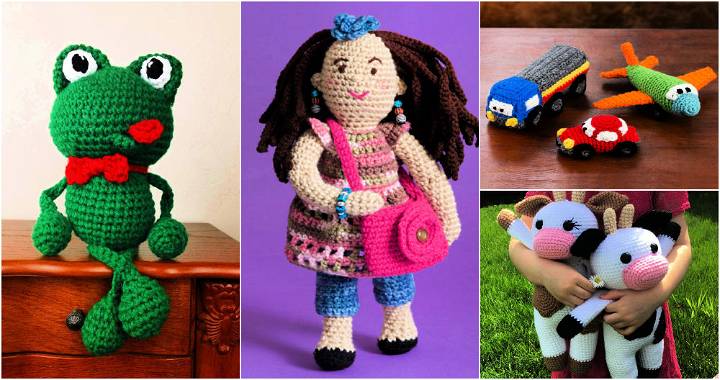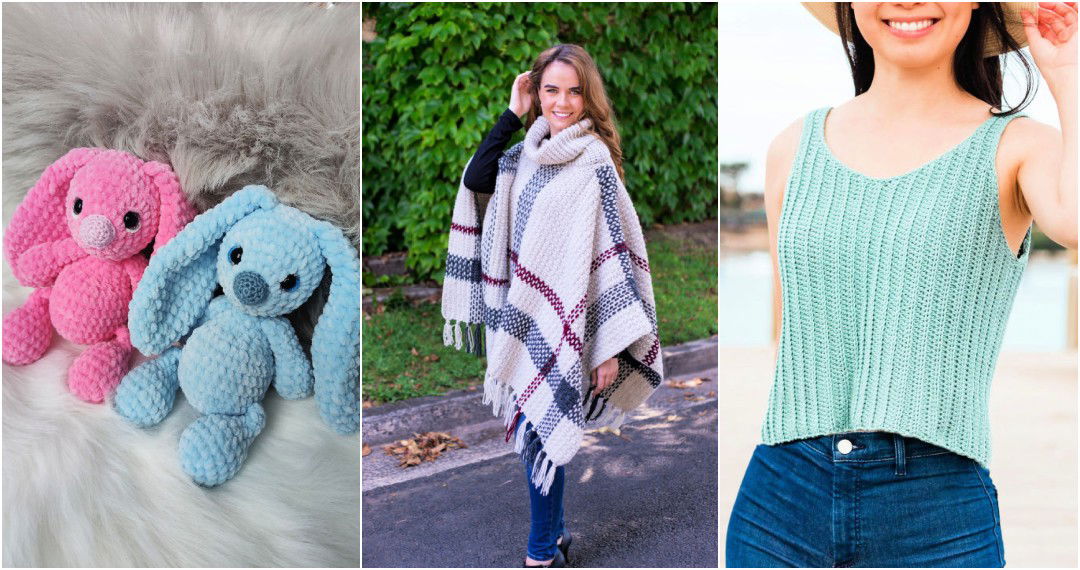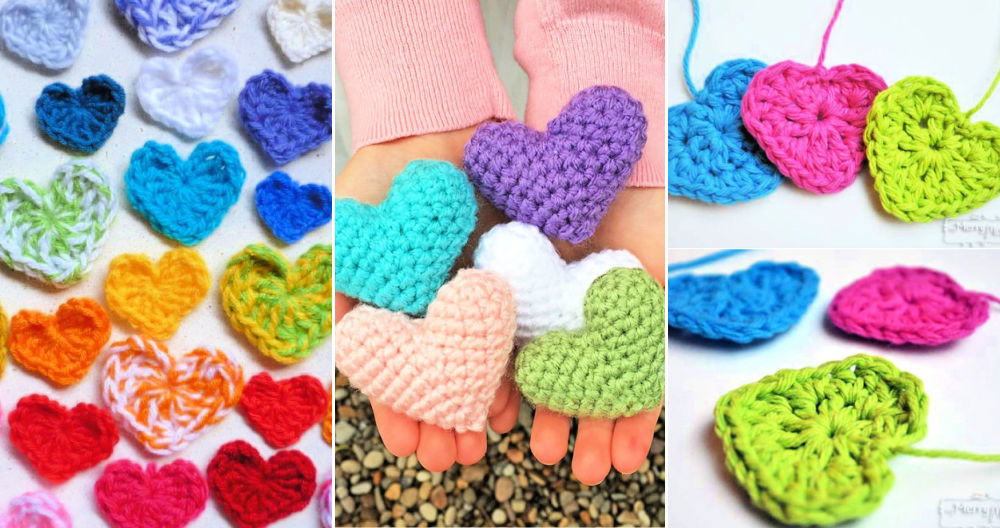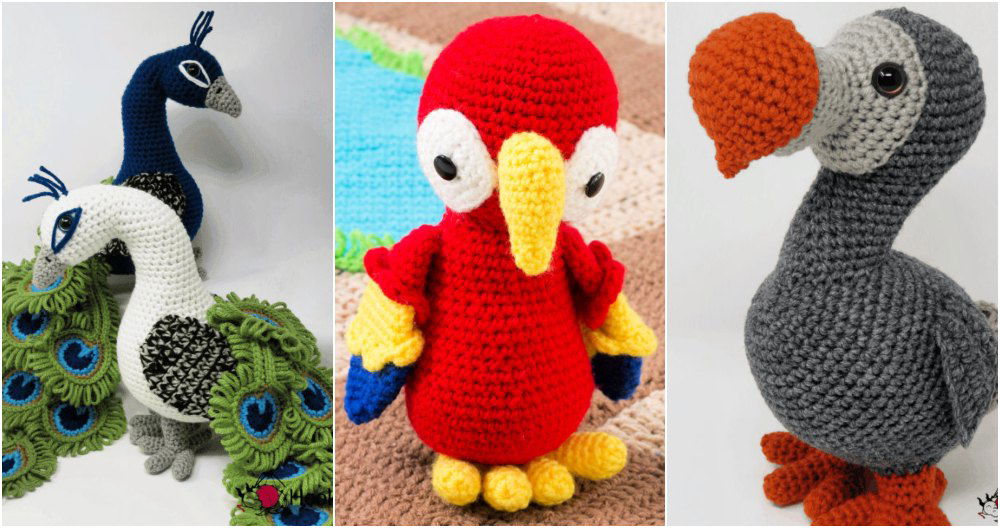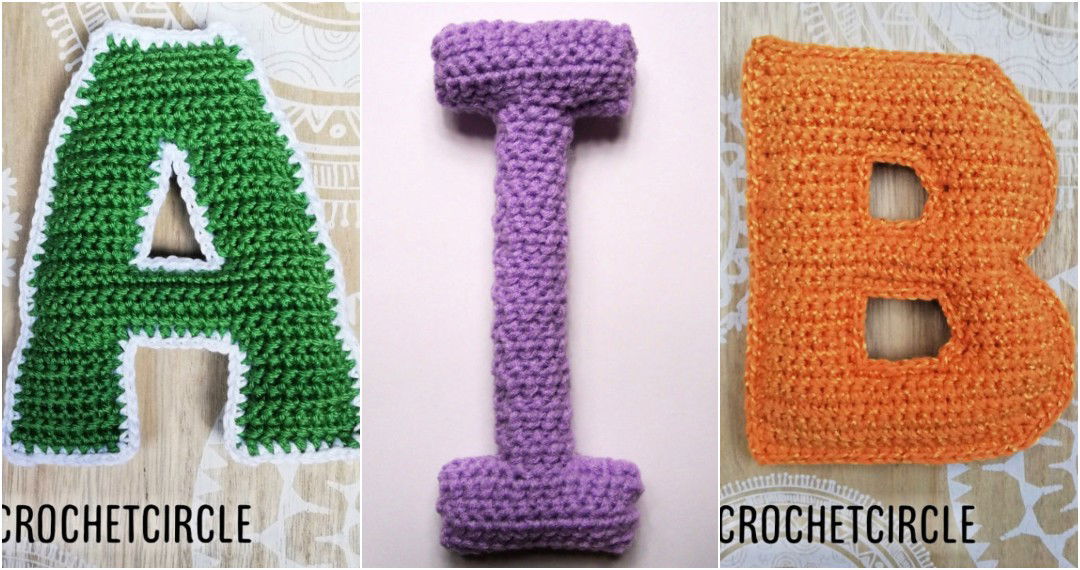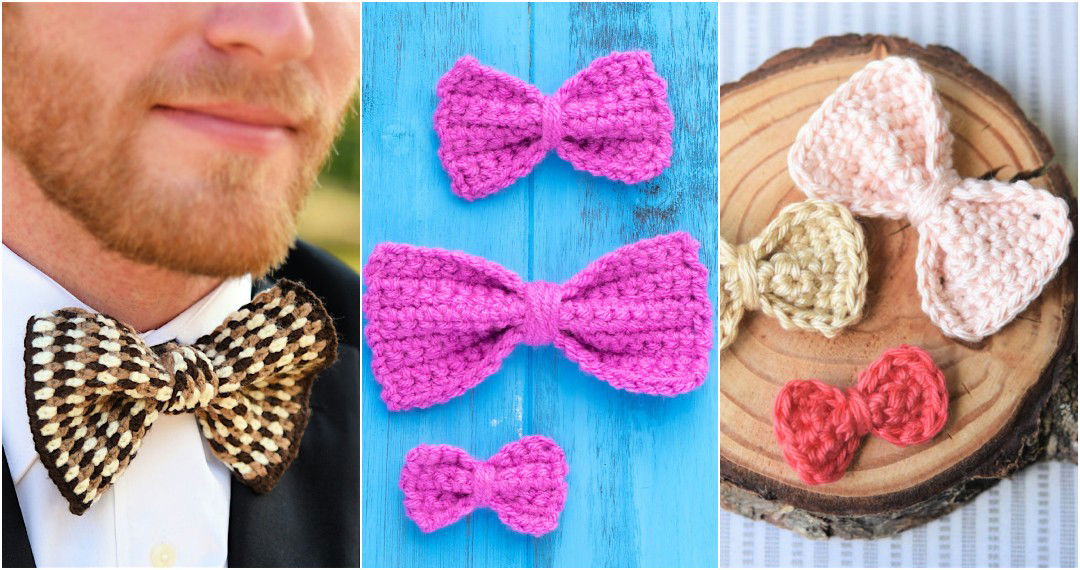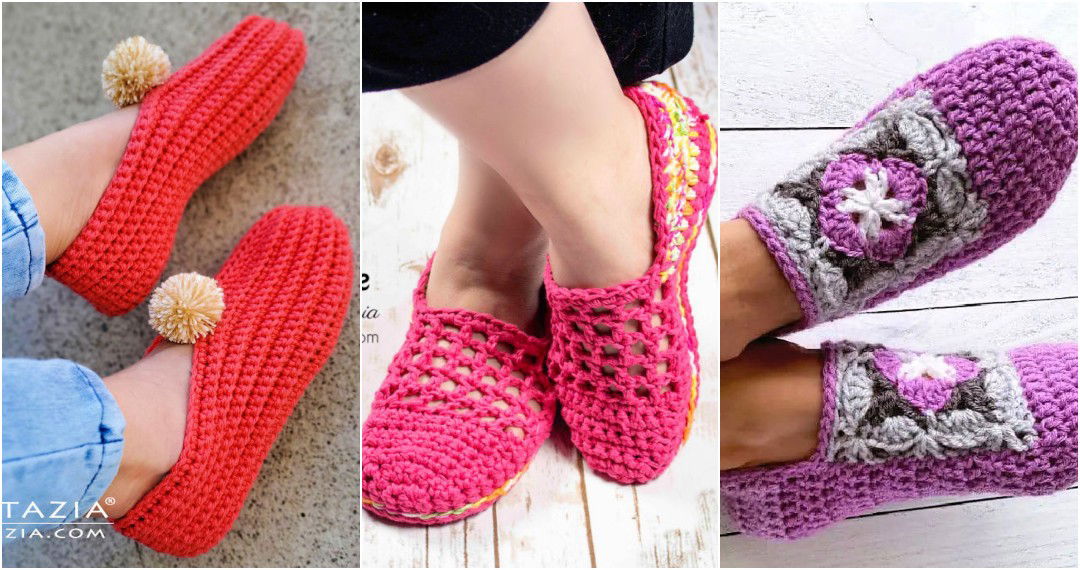Looking to add a personalized touch to your home decor? Crocheting a lampshade might just be the perfect project for you! This easy tutorial guides you through the process, making it simple and rewarding. With clear instructions and the right materials, you'll learn how to transform yarn into a beautiful lampshade that adds warmth and character to any room. It's a chance to showcase your skills and creativity in a unique way.
Before diving into the crocheting part, it's important to gather your materials and tools. The right yarn, crochet hooks, stitch markers, scissors, and measuring tape are the backbone of any successful project. This section will recommend the best tools for crocheting lampshades, ensuring your creation comes out just as you imagine. Ready to turn your crafting ideas into reality?
Let's get started on this exciting journey, step by step.
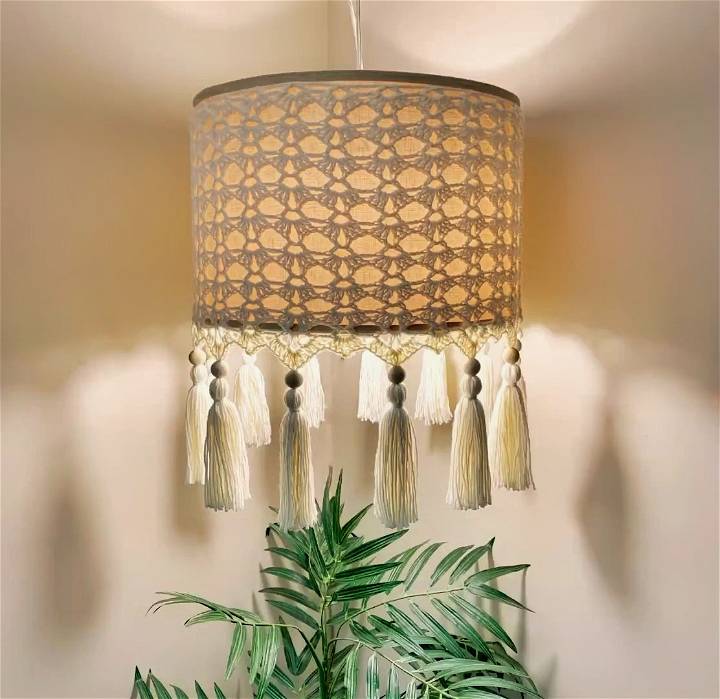
Material and Tool Recommendations for Crochet Lampshades
When embarking on a crochet lampshade project, having the right materials and tools is essential for a successful and enjoyable crafting experience. Here's a guide to help you choose the best supplies for your lampshade creation.
Selecting the Appropriate Yarn
The yarn you choose will determine the look, feel, and durability of your lampshade. Cotton yarn is highly recommended due to its resistance to heat and ease of maintenance. It's suitable for lampshades as it can withstand the heat from light bulbs and is easy to clean. Avoid using very thin yarns, even for lace textures, as they may not hold their shape well.
Crochet Hooks
The size of the crochet hook you use should match the weight of your yarn. For most lampshade projects, a hook size ranging from 3.5 mm to 5 mm is ideal. Ensure that your hook feels comfortable in your hand to prevent fatigue during long crocheting sessions.
Stitch Markers
Stitch markers are invaluable for keeping track of your progress, especially when working on complex patterns or when you need to maintain a specific stitch count. They can be simple plastic rings or even a short length of contrasting yarn.
Scissors and Measuring Tape
A sharp pair of scissors is a must for cutting yarn, and a measuring tape is crucial for ensuring that your lampshade cover fits the frame accurately. Always measure twice before cutting to avoid any mistakes.
Finishing Needles
After completing your crochet work, you'll need finishing needles to weave in the ends of the yarn. These needles have large eyes that can accommodate yarn and blunt tips that won't split the fibers.
By gathering top materials and tools, you'll be ready to start your crochet lampshade project with ease.
How to Crochet Lampshade - Step by Step
Learn how to crochet a beautiful lampshade with this easy tutorial. Follow step-by-step instructions to make a stunning piece for your home decor.
Supplies Needed:
- A uniform-size lampshade (e.g., 8x8 inches)
- Crochet hook (size appropriate for your yarn)
- Yarn of your choice
- Scissors
- Measuring tape
- Beads (optional for tassels)
- Yarn needle
Step by Step Instructions
Learn how to crochet a lampshade with this easy tutorial below:
Step 1: Setting Up
Start by selecting a lampshade that is uniform in size for easier covering. Make a chain in multiples of 12 until it snugly fits around your lampshade. Ensure the chain is not loose.
Step 2: Making the Base Ring
Form a ring by slip stitching into the first chain you made. Be cautious not to twist the chain.
Step 3: Starting the Pattern
Chain six (this counts as one double crochet and a chain-3 space), then make a double crochet in the same stitch to form a V-stitch. This step makes the foundational pattern segments of your lampshade.
Step 4: The First Round
After your initial V-stitch, chain three, skip five stitches, and in the sixth stitch, make another V-stitch. Continue this pattern around the ring. Finish the round by slip stitching into the third chain of your initial chain-six.
Step 5: Building the Body
For the second round, start by making three double crochets, chain three, and another three double crochets all in the same chain-three space. Skip to the next V-stitch and repeat. This makes what's known as a cluster V-stitch.
Step 6: Continuing the Pattern
Alternate between making a round of V-stitches and a round of cluster V-stitches until the cover almost reaches the bottom of your lampshade. Ensure you end on a cluster V-stitch round for a consistent finish.
Step 7: Final Rounds and Ensuring Fit
Before finalizing, test the cover on your lampshade. If it's too loose, consider using a smaller hook size. Complete the final two rounds, which will slightly overhang at the bottom, providing a neat finish.
Step 8: Adding Tassels (Optional)
Enhance the boho vibe by attaching tassels at the larger points at the bottom. Use beads to adorn the tassels for an extra touch. This step is not only decorative but helps weigh down the lampshade for a better fit.
Tips for Success:
- Regularly test the fit of your lampshade cover as you crochet to ensure a snug finish.
- Choose a yarn color that complements your room's d* écor for a harmonious look.
- Be creative with your tassels and bead choices to personalize your lampshade further.
Video Tutorial
For a step-by-step video tutorial on making a boho crochet lampshade, watch this YouTube video.
It pairs perfectly with this written guide, offering visual cues that can help clarify each technique in a way that's easy to follow and understand.
Transform lampshade into boho-chic piece with warmth and style. Make satisfaction with handmade décor.
Troubleshooting Common Issues in Crocheting Lampshades
Discover how to troubleshoot common issues when crocheting lampshades with our expert tips and solutions. Perfect your skills and achieve beautiful results.
Uneven Stitches
- Problem: Stitches vary in size, causing an uneven texture.
- Solution: Practice consistent yarn tension and redo any stitch that doesn't match.
Increasing Size Unintentionally
- Problem: The lampshade becomes wider unintentionally.
- Solution: Count stitches at the end of each row and use stitch markers to track the start and end of rows.
Accidental Color Changes
- Problem: Yarn colors change unintentionally, disrupting the pattern.
- Solution: Organize yarns by color and double-check before each color change.
Dropped Stitches
- Problem: Missing stitches make gaps in the work.
- Solution: Regularly count stitches and use a crochet hook to recover dropped stitches.
Confusing Crochet Terms
- Problem: Mixing up U.S. and U.K. crochet terms leads to incorrect stitches.
- Solution: Verify the pattern's origin and keep a reference guide for terms.
Design Customization Ideas for Crochet Lampshades
Making a crochet lampshade is not just about crafting a functional item; it's an opportunity to express your personal style and add a unique touch to your home decor. Here are some design customization ideas that can inspire you to make your crochet lampshade truly one-of-a-kind.
Choose the Right Yarn
The yarn you select can significantly affect the look and feel of your lampshade. Consider using cotton yarn for its heat resistance and ease of cleaning. For a more delicate look, lace textures are beautiful, but avoid very thin yarns that may not hold their shape well.
Experiment with Colors
Colors can set the mood of a room. Use bright colors to make a lively atmosphere or opt for softer tones for a calming effect. You can also mix and match colors to complement the existing decor in your room.
Add Textures and Patterns
Textures and patterns can add depth to your lampshade. From simple stitches to intricate designs like popcorn or bobble stitches, each pattern offers a different aesthetic. Beginners can start with basic patterns, while experienced crocheters can challenge themselves with more complex designs.
Fringes and Embellishments
Fringes, beads, or tassels can add a bohemian or chic flair to your lampshade. These small details can make a big impact, transforming a simple lampshade into a statement piece.
Personalize with Themes
Whether you love floral designs, geometric patterns, or nautical themes, incorporating a theme into your lampshade design can make it stand out. Choose a theme that reflects your interests or the ambiance you want to make in your space.
Consider the Function
While aesthetics are important, don't forget about the functionality. Ensure that the lampshade allows enough light to pass through to serve its purpose. A denser stitch pattern will diffuse light differently than a more open pattern.
By using these design ideas, make a crochet lampshade that reflects your style and creativity. Remember to have fun and enjoy the process.
Advanced Techniques for Experienced Crocheters
For those who have mastered the basics of crochet and are looking to challenge themselves further, exploring advanced techniques can be both rewarding and inspiring. Here are some sophisticated crochet methods to elevate your lampshade designs to the next level.
Aran Crochet
Aran crochet is known for its richly textured patterns, including cables, bobbles, and texture stitches. This technique is perfect for adding a three-dimensional look to your lampshade, giving it a cozy, classic feel.
Bead Crochet
Incorporating beads into your crochet can make stunning visual effects. Bead crochet is ideal for adding a touch of elegance and sparkle to your lampshade design.
Filet Crochet
Filet crochet involves making patterns using open and filled squares, usually following a grid or chart. This technique can be used to produce intricate images or geometric designs on your lampshade.
Crocodile Stitch
The crocodile stitch makes a scale-like texture that is perfect for adding a unique visual interest to your lampshade. It's a fantastic way to make a statement piece that stands out.
Tunisian Crochet
Tunisian crochet, also known as Afghan crochet, combines elements of knitting and crochet for a distinctive fabric. It's great for making a sturdy lampshade that has a woven look.
Lace Techniques
Lace crochet techniques, such as the pineapple stitch or Solomon's knot, can produce delicate and airy designs. These are perfect for making a lampshade that casts beautiful shadows and adds a romantic ambiance to any room.
By using advanced crochet techniques, you can make unique lampshades that show off your skill and creativity. Enjoy learning new stitches and crafting something special.
Environmental Impact and Sustainability in Crochet
Crocheting is not only a creative and relaxing hobby but also an environmentally friendly practice. By choosing sustainable materials and methods, crocheters can significantly reduce their carbon footprint and contribute to a healthier planet.
Choosing Eco-Friendly Yarns
Opt for natural fibers like cotton, wool, or bamboo, which are renewable and biodegradable. These materials are less taxing on the environment compared to synthetic fibers, which often involve energy-intensive production processes and can take hundreds of years to decompose.
Upcycling and Repurposing Materials
Embrace the art of upcycling by using leftover yarn or fabric scraps for your crochet projects. This approach not only minimizes waste but also gives a unique character to each piece you make.
Supporting Local and Artisanal Yarns
Purchasing yarns from local producers or small businesses can help reduce the environmental impact associated with transportation. Moreover, it supports the local economy and often ensures higher quality and less mass-produced materials.
FAQs About Crocheting Lampshades
Crocheting lampshades can be a delightful project that adds a personal touch to your home decor. Here are some frequently asked questions to help guide you through the process.
What type of yarn is best for crocheting lampshades?
The best yarn for crocheting lampshades is cotton because it's heat-resistant and easy to clean. It's durable and holds its shape well, making it ideal for this type of project.
Can I use acrylic yarn for my lampshade?
It's not recommended to use acrylic yarn for lampshades because it's sensitive to heat and could melt. If you prefer acrylic, ensure you use LED bulbs that emit less heat.
How do I choose the right hook size for my lampshade project?
The hook size depends on the yarn weight. Generally, for lampshade projects, a hook size between 3.5 mm to 5 mm is suitable for most yarns used in lampshade making.
How can I prevent my lampshade from becoming too heavy?
Use lightweight yarn and an open stitch pattern to keep your lampshade from being too heavy. This will also allow more light to pass through.
What's the best way to clean a crocheted lampshade?
Gently hand wash your crocheted lampshade in lukewarm water with mild detergent. Avoid wringing it out; instead, press the excess water out and let it air dry.
How can I make my crocheted lampshade fire-resistant?
While no yarn is completely fire-resistant, you can reduce the risk by using LED bulbs, which are cooler, and by ensuring the lampshade is not touching the bulb.
Can I crochet a lampshade for any size lamp?
Yes, you can crochet a lampshade for any size lamp. Just make sure to measure the frame accurately and adjust your pattern accordingly.
How do I attach the crocheted cover to the lampshade frame?
You can attach the crocheted cover to the frame using a sewing needle and thread, or by using fabric glue for a no-sew option.
What are some design ideas for crocheting a lampshade?
Consider adding textures with stitches like bobbles or popcorn, incorporating color changes for a striped effect, or crocheting motifs and joining them for a patchwork look.
How can I ensure my lampshade has an even light distribution?
Choose a stitch pattern that is not too dense and allows light to pass through evenly. A lace pattern or a simple double crochet stitch can work well for this purpose.
By keeping these FAQs in mind, you'll be well on your way to making a beautiful and functional crocheted lampshade that will brighten up any room.
Conclusion:
In conclusion, learning how to crochet lampshades offers a unique opportunity to add a cozy, handmade touch to your home decor. From choosing the right materials and tools to mastering each step of the creation process, this easy tutorial paves the way for crafting beautiful, custom lampshades.
For those encountering challenges, our troubleshooting tips ensure your project stays on track, while the design customization ideas inspire creativity and personal expression. Whether aiming for practicality or looking to experiment with advanced techniques, embracing the sustainability aspect of crocheting with eco-friendly yarns can make this project even more rewarding. Happy crocheting!


